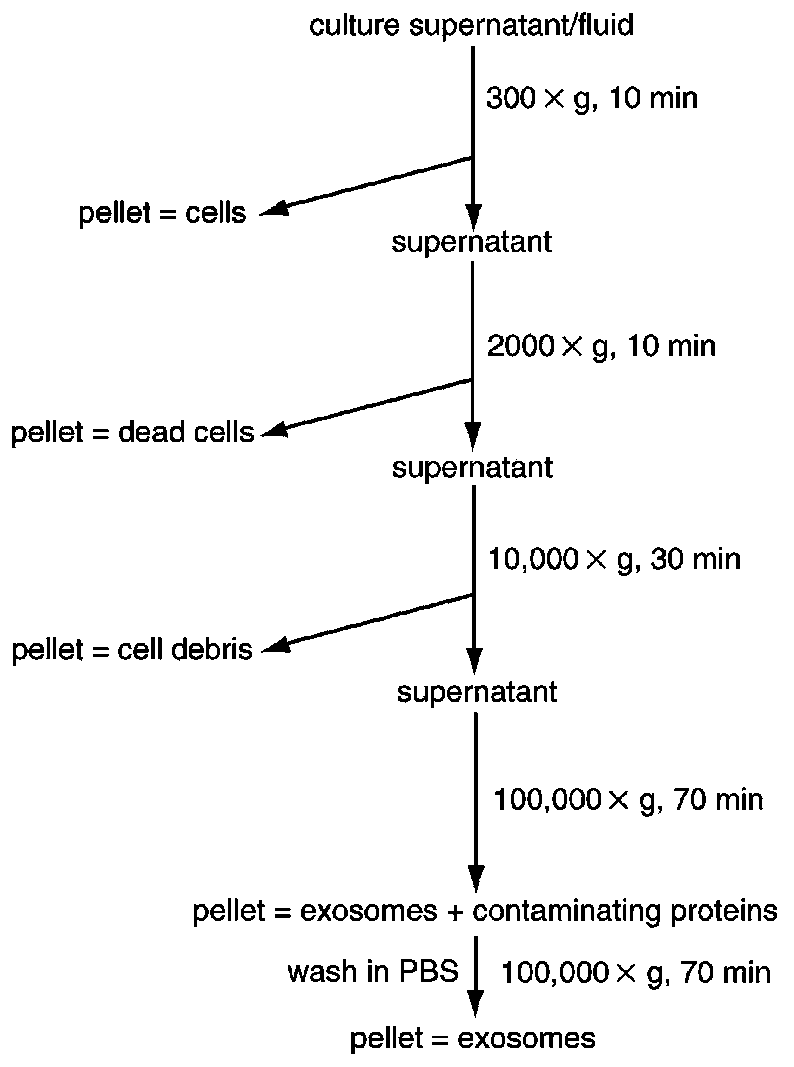Monocyte source exosome preparation applied to osteogenic differentiation of mesenchymal stem cells
A mononuclear cell, osteogenic differentiation technology, applied in the field of biomedicine, can solve the problems of lack of osteoinductive activity in the spread of infectious diseases, unsuitable for large bone defects, etc.
Pending Publication Date: 2020-04-03
TIANJIN KANGTING BIOLOGICAL ENG GRP CO LTD
View PDF2 Cites 0 Cited by
- Summary
- Abstract
- Description
- Claims
- Application Information
AI Technical Summary
Problems solved by technology
Autologous bone sources are limited, allogeneic and xenogeneic bone grafts have certain immunogenicity, which will lead to immune rejection, and there is also the risk of potential transmission of infectious diseases. Simple biomaterial filling often only has osteoconduction and lacks osteoinductive activity. Not suitable for large bone defects
Method used
the structure of the environmentally friendly knitted fabric provided by the present invention; figure 2 Flow chart of the yarn wrapping machine for environmentally friendly knitted fabrics and storage devices; image 3 Is the parameter map of the yarn covering machine
View moreImage
Smart Image Click on the blue labels to locate them in the text.
Smart ImageViewing Examples
Examples
Experimental program
Comparison scheme
Effect test
Embodiment Construction
[0027] The present invention will be further described in detail below in conjunction with the accompanying drawings and through specific embodiments. The following embodiments are only descriptive, not restrictive, and cannot limit the protection scope of the present invention.
[0028] Preparation of monocyte-derived exosome preparations
the structure of the environmentally friendly knitted fabric provided by the present invention; figure 2 Flow chart of the yarn wrapping machine for environmentally friendly knitted fabrics and storage devices; image 3 Is the parameter map of the yarn covering machine
Login to View More PUM
| Property | Measurement | Unit |
|---|---|---|
| Diameter | aaaaa | aaaaa |
Login to View More
Abstract
The invention relates to a monocyte source exosome preparation applied to osteogenic differentiation of mesenchymal stem cells. The monocyte source exosome preparation comprises exosomes secreted by monocytes in human peripheral blood and PBS (Phosphate Buffer Solution); a preparation method comprises the following steps: culturing monocytes sorted in the human peripheral blood at 37 DEG C until the monocytes grow to about 80%; the replacing with a complete medium without exosomes fetal bovine serum, and collecting the culture medium after culturing for 48 h; carrying out centrifugal treatmenton the culture medium; and storing 1xPBS resuspended sediment at -80 DEG C, so as to obtain the monocyte source exosome preparation. In view of a pathophysiological progress involving orthopedic diseases, the exosome preparation prepared from the exosomes secreted by the monocytes in the human peripheral blood has the properties of very good biocompatibility, no toxicity and no immune response, and can replace traditional osteogenic inducers, so that unknown risks caused by in-vivo injection are avoided and a novel treatment application is provided for bone defect, osteonecrosis, osteoporosis, bone metabolic diseases and the like on clinic.
Description
technical field [0001] The invention belongs to the field of biomedicine, and relates to a technology for preparing exosome preparations from peripheral blood mononuclear cells, in particular to an application of monocyte exosomes to promote osteogenic differentiation of mesenchymal stem cells. Background technique [0002] Bone tissue defect is caused by factors such as trauma, infection, tumor, and abnormal bone development, which cause the body to lose some bone mass and form a large gap. This problem is relatively common in clinical practice and difficult to deal with. How to promote the repair of bone tissue defects has always been the focus of research by researchers in this field. Traditional bone defect repair methods mainly include autologous bone grafting, allogeneic bone grafting, and artificial biomaterial replacement. But each has its own advantages and disadvantages. Autologous bone sources are limited, allogeneic and xenogeneic bone grafts have certain immun...
Claims
the structure of the environmentally friendly knitted fabric provided by the present invention; figure 2 Flow chart of the yarn wrapping machine for environmentally friendly knitted fabrics and storage devices; image 3 Is the parameter map of the yarn covering machine
Login to View More Application Information
Patent Timeline
 Login to View More
Login to View More IPC IPC(8): C12N5/0786C12N5/077C12N5/0775
CPCC12N5/0645C12N5/0654C12N2506/1369C12N2509/00
Inventor 程国钢卢君君詹举明赵刚马洁
Owner TIANJIN KANGTING BIOLOGICAL ENG GRP CO LTD
Features
- R&D
- Intellectual Property
- Life Sciences
- Materials
- Tech Scout
Why Patsnap Eureka
- Unparalleled Data Quality
- Higher Quality Content
- 60% Fewer Hallucinations
Social media
Patsnap Eureka Blog
Learn More Browse by: Latest US Patents, China's latest patents, Technical Efficacy Thesaurus, Application Domain, Technology Topic, Popular Technical Reports.
© 2025 PatSnap. All rights reserved.Legal|Privacy policy|Modern Slavery Act Transparency Statement|Sitemap|About US| Contact US: help@patsnap.com



